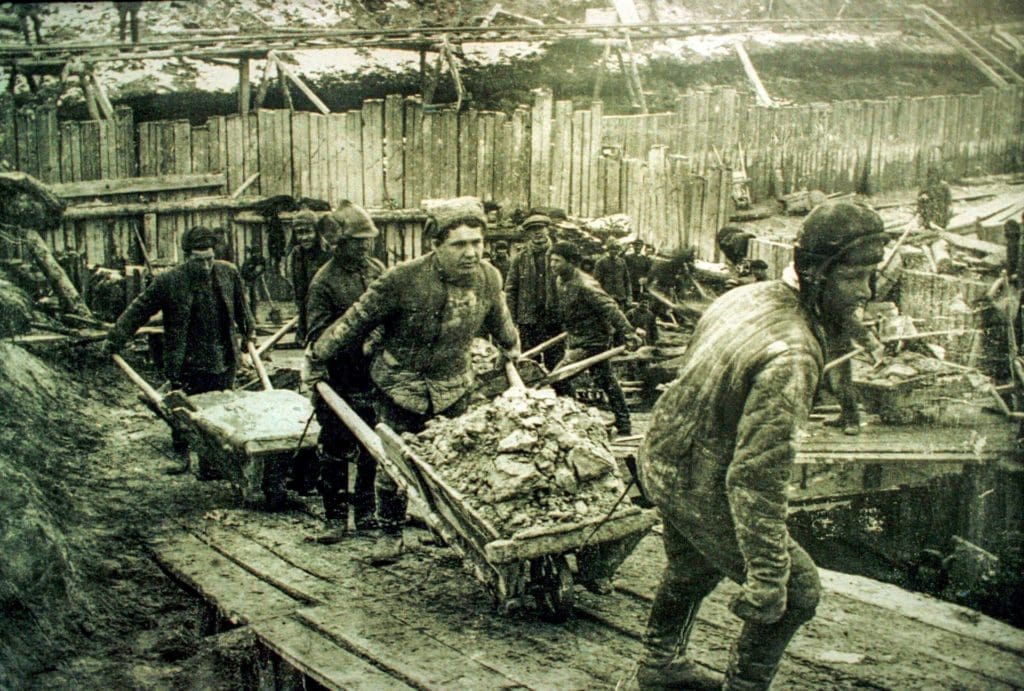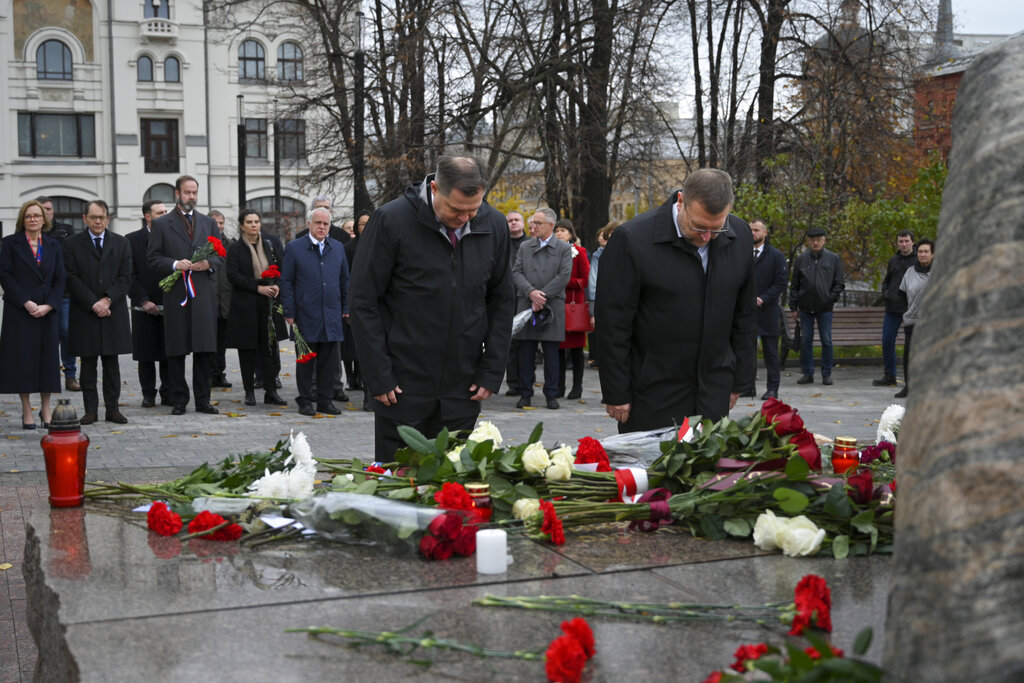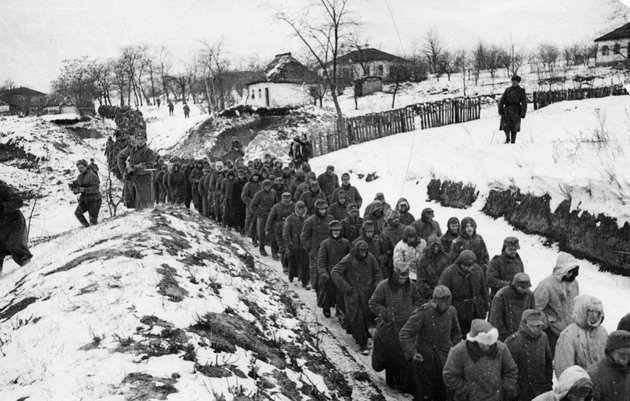One of the most pressing issues in Hungarian society after the Second World War was the repatriation of prisoners, many of who faced a gruesome fate in Soviet gulags and prisoner-of-war camps.
In addition to soldiers, civilians were also illegally imprisoned en masse — under the pretext of the “Malenky robot,” meaning forced labor — and taken to the Soviet Union. Many families waited in vain: No information was received about the deceased, daily Magyar Nemzet reports.
It is a little-known fact that there are also unmarked mass graves in Hungary. In the 47 municipalities of post-World War II Hungary, there were 56 prisoner-of-war camps, in which approximately 80,000 to 100,000 people died. Even historian Zalán Bognár, who researched the subject, cannot give an exact figure because the camps were shielded by total secrecy. One of the “lessons” of the 1940 Katyn massacre in Poland was Russian leader Josef Stalin’s order that the liquidations should be carried out in such a way that no trace of them would be left.
“Polish mass graves could be identified by the clothes of the murdered, but in the Hungarian POW camps and in the Soviet Union, too, the dead were buried like dogs: the naked man had no uniform, no rank, no insignia, not even notebooks in their pocket to identify the victim. It is surely no coincidence that the records of the Hungarian Red Cross War Prisoner of War Department from 1945-1948 or the Ministry of Welfare’s War Care Department from 1945 have disappeared or been destroyed,” says the researcher.

The sources of the volume “Hungarian POWs in the Soviet Union – Documents (1941-1953),” for example, contradict each other: The Soviet data sometimes put the number of Hungarian POWs at 234,000, sometimes at 476,000, 513,000, 526,000 or 541,000. By comparison, the Hungarian National Archives, with the support of the government, purchased the records of nearly 700,000 Hungarian prisoners — or digital versions of them — from Russia in 2019. And even this number does not reflect reality.
Soviet prisoner data unreliable
According to Bognár, Soviet documents should be treated with a large pinch of salt. The very fact that masses of civilian men and boys were taken as prisoners of war, portraying them as armed soldiers of an enemy country fighting against the Soviet Union, significantly diminishes the documents’ veracity. However, women and children were not spared either.

The Gulag researcher cites the siege of Budapest among the examples that support his claims. On Oct. 28, 1944, Stalin ordered Marshal Malinovsky, commander of the 2nd Ukrainian Front, to launch Operation Budapest the next day and capture the Hungarian capital. Stalin was expecting a quick result, since according to his information, following the attempted breakout on Oct. 15, the Hungarian forces had completely disintegrated, with several units surrendering without a fight.
The battle in the capital, however, dragged on, and it was only after 108 days, on Feb. 13, 1945, that the siege of Budapest was over.
How did Malinovsky explain the delay? To justify why it took so long to take the city, he inflated the number of troops he was facing in the city, using the excuse that the German-Hungarian defense force was much larger than expected.
According to Malinovsky’s report, the German-Hungarian defense forces lost 188,000 killed in action and 138,000 who became prisoners of war. The reality, however, is that out of a defensive force of 79,000 to 80,000, at most 35,000 to 40,000 could have survived as prisoners of war.
The 138,000 prisoners of war he claimed to have simply did not exist, so he needed to make up for the shortfall by finding another 100,000 civilians, teens and former soldiers, according to the Hungarian historian.
As a result, Soviet forces took civilian prisoners from Budapest and its surroundings, with the deportation of civilians beginning in December and lasting until the end of April. To supplement the number of prisoners of war, civilians from the age of 14 were taken to the Malenky robot, and those who had served as soldiers from 1941 onwards were rounded up and taken to the Soviet Union.






